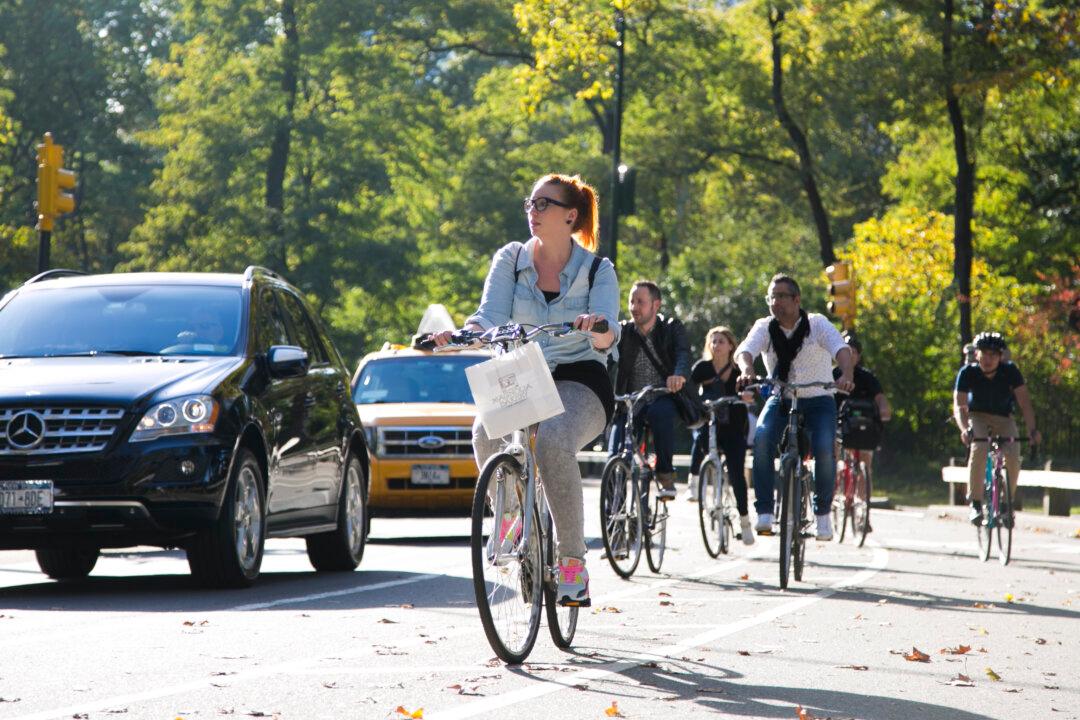Humans are the biggest threat facing mountain lions in southern California, where the animals only have about a 56 percent survival rate.
The findings of a 13-year study, published in PLOS ONE, show that even though hunting them is prohibited in California, humans caused more than half the known deaths of mountain lions studied.
Most were killed through vehicle collisions, depredation permits, illegal shootings, public-safety removals, or human-caused wildfire.
A Highway Runs Through It
Exacerbating the problem is an interstate highway, I-15, a major thoroughfare connecting San Bernardino, Riverside and San Diego counties that has proven nearly impossible for the mountain lions to cross. It bisects the study area, which stretches from Orange County, south to the Mexican border and east to the Salton Sea. Crossing the interstate, especially for the animals of breeding age, is important for this population’s declining genetic diversity—and long-term health and survival.




